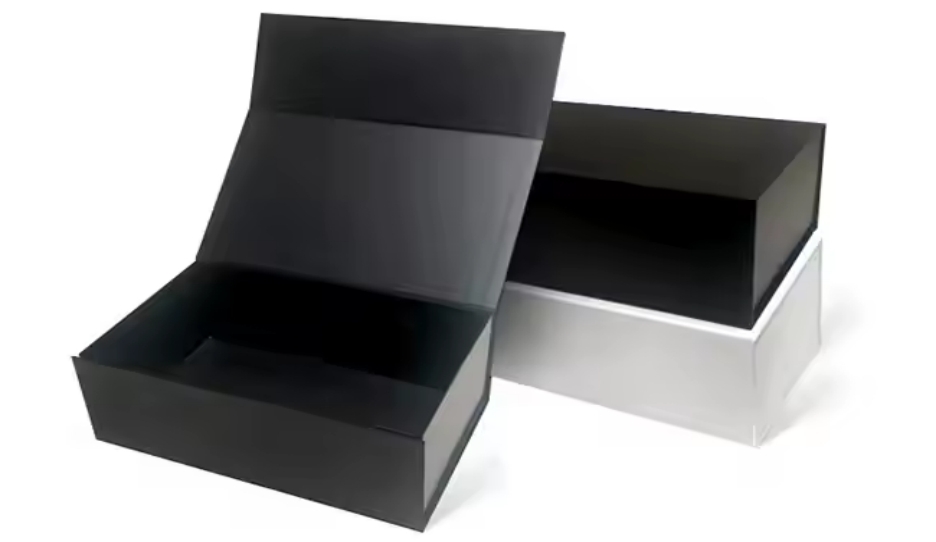Long distance transportation relies heavily on tertiary packaging and its importance in the supply chain is significant. Rectangular or cylindrical in shape, this last layer of packaging provides the final shield against external influences — including physical damage, moisture and contamination — during transport. But there is one thing that you can not forget – and it is tertiary packaging which is important for maintaining the integrity of products during their journey.
What is Tertiary Packaging?
Tertiary packaging is the type of packaging that protects the products while shipping. It includes wholesale packaging supplies solutions to handle large quantities of products simultaneously. Primary and secondary packaging are more product specific, whereas tertiary packaging groups products for safe and efficient transportation.
Pallets, crates, stretch wraps, and shipping containers are examples of tertiary packaging. Stacking and easy transport can be accomplished using pallets, which may be made of wood, plastic, or metal. If you have fragile and high value items, crates can provide some extra protection while you are handling them. Coupling stretch wraps and shrink films are often used to bundle several products together, securely wrapped for minimal damage risk. For larger bulk shipments, shipping containers are used to protect the goods from external elements and severe winters which occur on long hauls.
Effective Tertiary Packaging; Essential Features
Tertiary packaging is designed for robustness against the challenges of long distance shipping. Durability is the top priority due to the need to protect products in rough handling and unpredictable transit conditions. Packaging that’s sturdier to ensure goods stay in tact even under extreme pressure or an abrupt impact.
Another important feature is stackability, as the ability to stack pallets alongside one another optimizes shipping costs by taking advantage of the available space. Stackable packaging maximizes storage space, thus facilitating loading and unloading shipments.
Durability is critical, but the materials used for tertiary packaging should be lightweight in order to optimize shipping efficiency. However, with bulkier materials, shipping costs can have a significant increase, so you need to strike a balance between robustness and weight so as not to exceed costs while protecting the equipment.
Options in Common Wholesale Tertiary Packaging
There are several wholesale tertiary packaging solutions used in logistics sector. They are the most frequently used options since they have the ability to secure stacking of a variable range of products. There are advantages to wooden, plastic, and metal pallets, based on what type of goods are being sent.
Crates offer an extra layer of protection and are specifically for fragile items like glass or electronics. These containers are designed to suit the size and shape of the products to help guarantee it remains secure throughout transit.
They can also be used to bundle products together by shrink wraps and stretch films. Flexible, lightweight, and strong, these materials form a tight seal around items to keep it from moving and to keep it clean and dry.
The benefits of using tertiary packaging for long distance shipping:
Long distance shipping benefits from tertiary packaging. First, and foremost, it offers crucial protection against physical damage, moisture and contamination. With product security ensured through robust packaging, the risk of losing or damaging products in transit is significantly reduced.
The improvement in logistics efficiency is another key benefit. They make it easier to put in and take out as well as store goods into pallets, crates, and stretch wraps. Such packaging solutions make products stable and easy to handle making labor costs less and prevent accidents or delays.
It also involves cost savings on tertiary packaging. Wholesalers can reduce overall shipping costs by reducing the likelihood of product loss and optimizing storage and transportation. The effective packaging strategies make sure that the value of the product remains intact to reach the destination in good condition.
Conclusion
Protection of goods during long distance shipping is one of the major roles of tertiary packaging. As a wholesaler, you must focus on packaging solutions that can ensure products reach their destination intact and on time. Businesses can ensure more effective logistics, saving in costs and efficiencies in supply chain by investing in good packaging like pallets, crates, stretch wraps.

